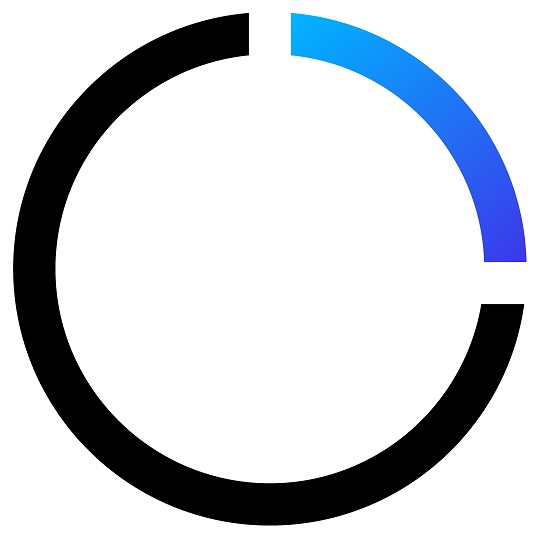Outbound sales sequences are a foundational component of an outbound sales strategy. Think of them as your digital playbooks: you create the structure that guides how your team initiates and closes new business opportunities.
How to Analyze and Improve Your Outbound Sales Sequences
Sales sequences are among the most potent tools that outbound sales teams use to close deals and provide value to potential clients. Sales sequences allow reps to execute predictable, consistent workflows. But not all sales teams are using outbound sales sequences — many still rely on organic email outreach, cold call/cold email, or general best practices. This can result in wasted time, missed opportunities, and unsatisfied customers.
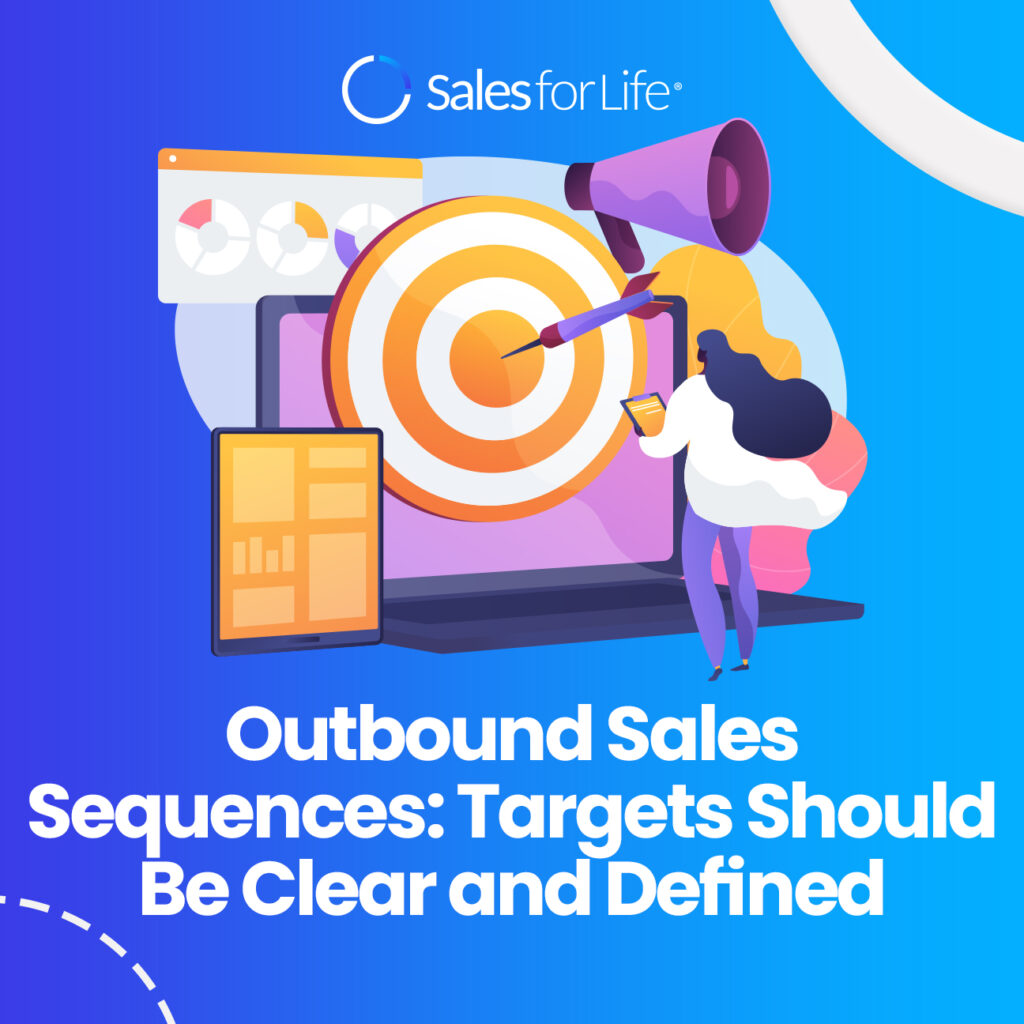
Your Targets Should Be Clear and Defined from the Get-Go
Your outbound sales strategy is only as good as your target.
So what makes an outbound sales sequence successful? It all comes down to knowing your target audience. Your target for each sequence should be either a persona, industry or specific company. Once you know who you’re talking to, it’s easier to tailor your messaging and get them excited about using your product. You’ll also be able to create a consistent tone that resonates with them.
If you can’t define your target audience clearly, it’s impossible for any of this to work. If you don’t know who you’re selling to, how will you know how to sell them?
The amount of time and effort you put into your outbound sales sequences depends on who you’re targeting. Your sequence may last longer if you’re targeting a VP-level persona, and you may need to manually touch the lead more often than you would a lower-level persona.
In other words, the more critical your target customer is to your business, the longer your outbound sales sequence should be. The longer the sequence, the more chances to make an impression on your target customer before they become part of your company.
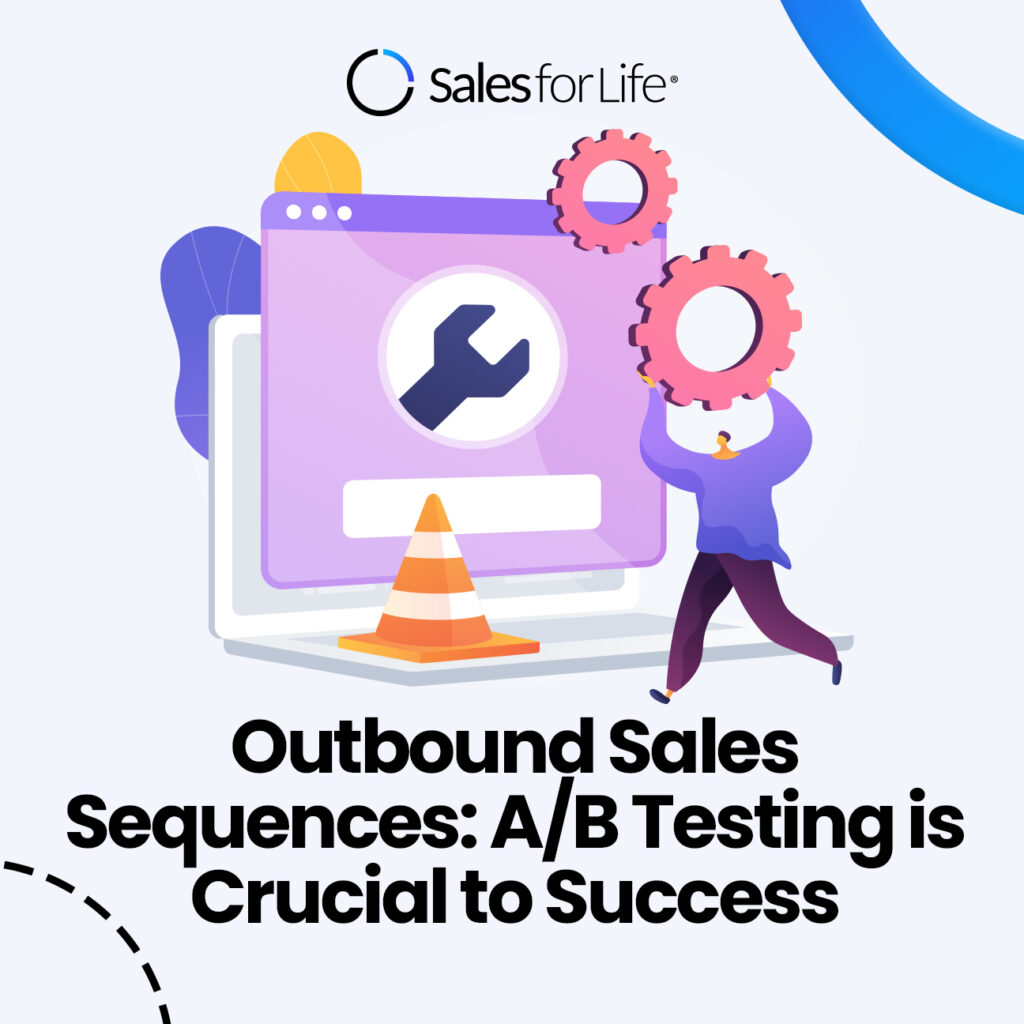
A/B Testing is Crucial to Success
Do you know how your outbound sales sequences are performing?
If you’re not testing, then you’re flying blind. And we all know that flying blind is a bad idea when trying to land a plane full of passengers!
Why? Because even the best product in the world won’t be able to sell itself if the sales sequence is poorly written and structured.
There’s a reason why the best-selling products don’t use generic email templates: they know that it’s not just about writing copy that’s good enough but also about writing copy that converts.
That’s where A/B testing comes in. By running A/B tests on your emails, you’ll be able to learn what works best for your audience and what doesn’t work at all. You’ll also be able to see which versions are most effective at getting signups or sales from customers who have given their contact information in exchange for information about your product or service.
You might think that having a great product is enough, but if no one knows who you are or what you do—let alone cares—then how will anyone buy from you?
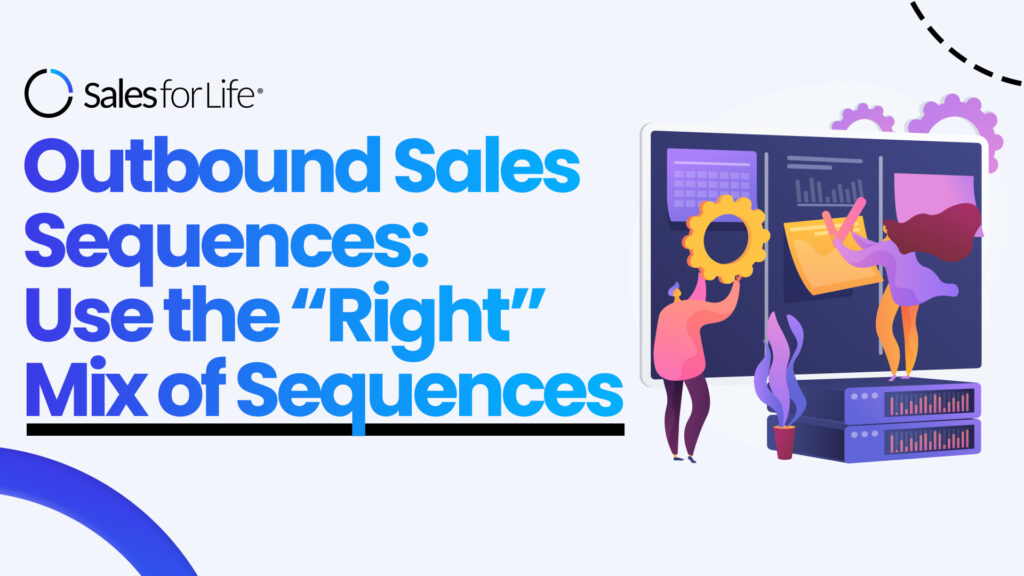
Use the “Right” Mix of Sequences
As you’re reviewing your sequences, make sure you look at the types of steps involved in your email and call sequences. Some sequences lend themselves to more calls, while others are email-heavy.
But no matter what sequence type you’re reviewing, make sure you have a mix of step types. This is what makes sellers appear authentic and genuine to buyers. And that quality, in turn, ups the likelihood of a response and builds rapport.
When building out your outbound sales sequences, make sure you have a mix of step types.
It’s easy to think that all you need is an email. But if your buyer is expecting a call or LinkedIn message, they’ll be disappointed and annoyed when you don’t deliver on the expectation you set. This will hurt your chances of getting a response and building rapport with the buyer.
So what does it mean to have a good mix of step types?
Let’s say your sequence has three steps: email, call, and LinkedIn touch. If those are your only three steps, it might be time to add something else there! If this is true for you, think about what kinds of calls would work best in this case—maybe two emails followed by two calls? Or perhaps a series of emails followed by one call and then another email?
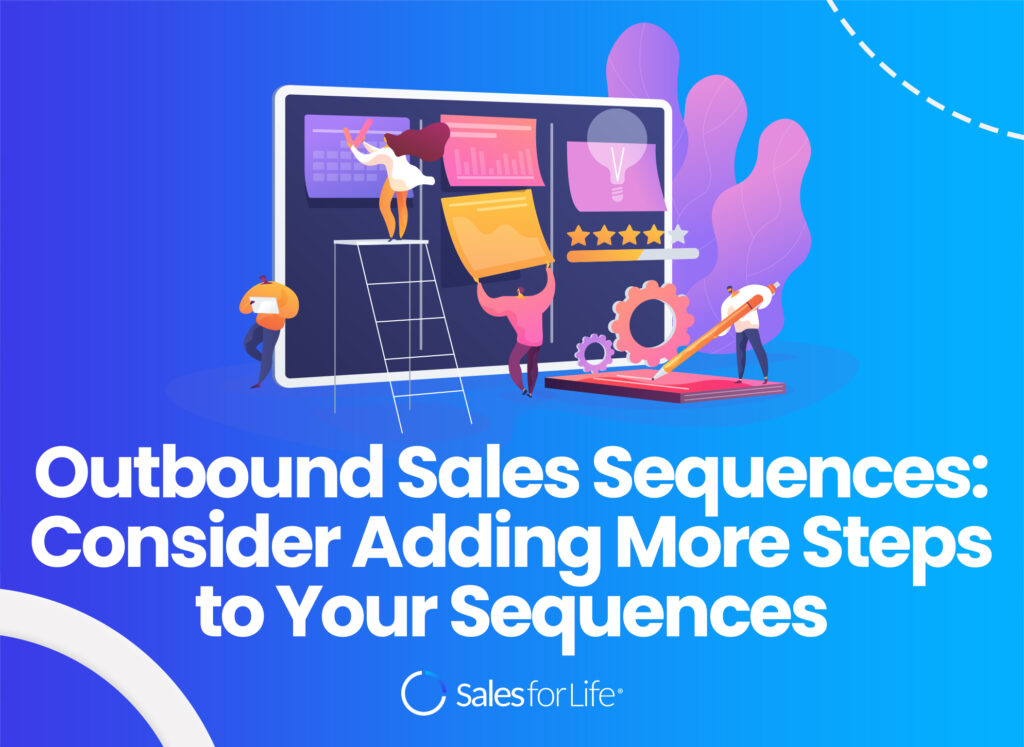
Consider Adding More Steps to Your Sequences
Yes, you can add another step to your outbound sales sequence.
If you’re following a sequential sales process, you can use the same logic to determine when to add more steps.
The reply rate for each step will tell you how well your target audience is receiving your product and give you insight into where they’re getting hung up. If your first step has a low reply rate, then it’s likely that people aren’t interested in what you have to offer. If the second step has a low reply rate and the third step has a high reply rate, then it’s possible that people are interested but don’t know how they can get started with what you’re offering. And if all three steps have high reply rates, then it means that people are ready to buy!
If you want to increase your sales success rates, try adding another step and see how much impact it has on your overall reply rates.
Note: It’s easy to feel like you should keep adding steps to your outbound sales sequence. You want to be sure that you’ve exhausted all possible resources, right?
But what if adding another step doesn’t help?
It’s tempting to add another step to your outbound sales sequence because it seems like it could help—and it might! But you also have to consider the cost of doing so.
Every time you add a new step, there are associated costs: time spent creating and refining the content and time spent running A/B tests on the content (if applicable). It increased the cost for each contact who will receive the additional message.
So before you start adding more steps, look at how many contacts are still clicking through from your last step (or from the first step). If their click-through rate is still high, go ahead and tack on an additional step if you think it might help! If their click-through rate has dropped significantly, you can feel confident that you’ve exhausted all resources and won’t see any gains from adding additional steps.
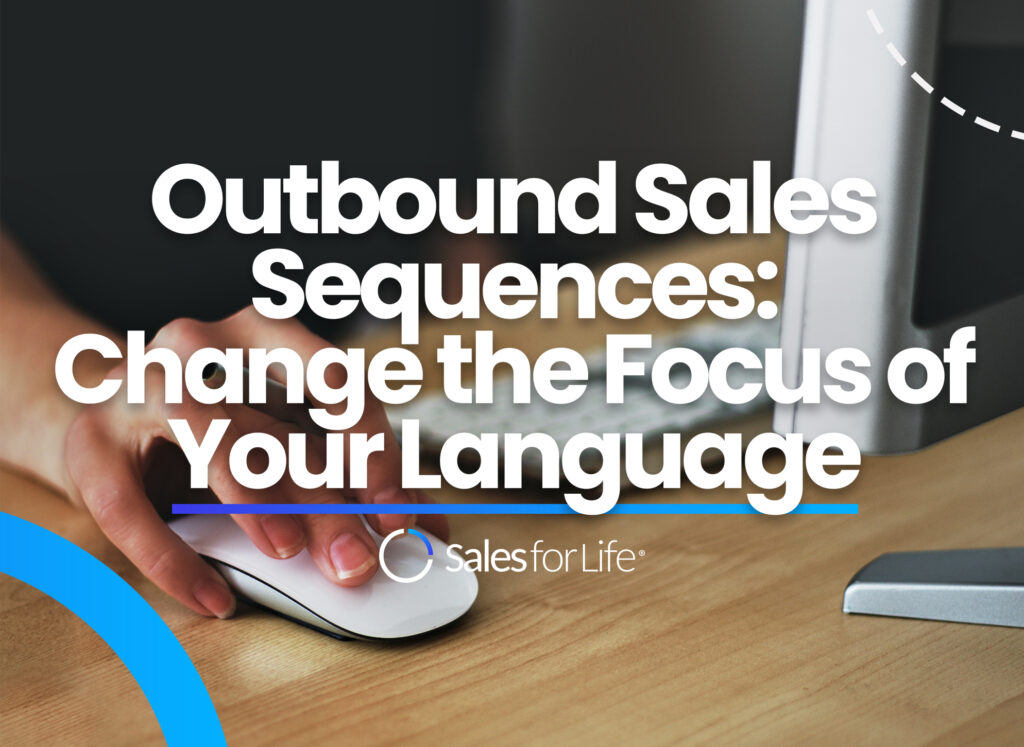
Change the Focus of Your Language
What’s the first thing you think of when you hear “outbound sales?”
If you’re like most people, it’s probably “pushy” or “annoying.” But if that were true, why would we keep doing it? Why would companies spend so much time, energy, and money on outbound sales when all they get in return is a bad rap?
Because it works.
The truth is that inbound sales—when your customers come to you—aren’t enough anymore. With so many options for customers to find what they want (and for them to do it without talking to anyone), it’s no wonder that inbound sales have become less effective than ever before. That’s why outbound sales have taken over: because they work! They get your potential buyers’ attention in ways that other techniques don’t.
The key is not being pushy or annoying; instead, it’s helpful. Your buyer doesn’t care about how great your company is, how many awards you’ve won, or how great your product is. They care about how you can make their job easier and make their business more money.
Do you ever wonder why your outbound sales sequences don’t seem to be as effective as they should be?
It’s not your product. It’s not your salespeople. It’s not even the market.
It’s all about the buyer.
No matter how great those things might be, your buyers aren’t interested in hearing about you or your company. They want to know how you can make their job easier and how you can help their business make more money.
So what does this mean for your sales process? It means that it’s time for an overhaul! You need to start making it about THEM, not YOU, from the very beginning of your outbound sales process until the end.

